News & Views, Volume 49 | Digital Elevation Modeling: Support Pressure Tests Records and Reduce MAOP Reconfirmation Costs
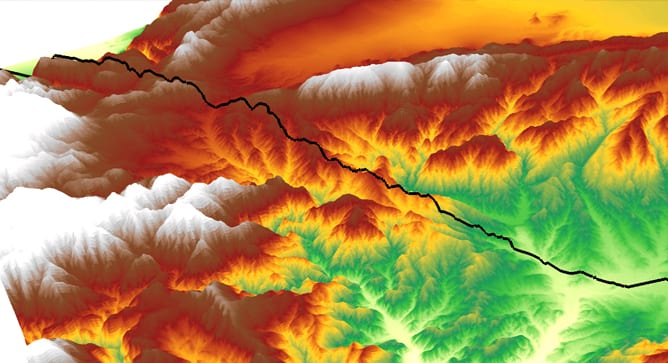
§ 192.624(a)(1) of the Mega-Rule 1 requires MAOP Reconfirmation for steel transmission pipe segments if records necessary to establish the MAOP in accordance with § 192.619(a)(2) (e.g. pressure test), including records required by § 192.517(a), are not traceable, verifiable, and complete and the pipeline is located in a high consequence area (HCA) or a Class 3 or Class 4 location.
Part 192, Section 192.517(a) requires that natural gas pipeline operators shall make and retain, for the useful life of the pipeline, a record of the following information for any Subpart J Pressure Test (PT):
- The operator’s name, the name of the operator’s employee responsible for making the test, and the name of any test company used,
- Test medium used,
- Test pressur,
- Test duration,Pressure recording charts, or other record of pressure readings.
- Elevation variations, whenever significant for the particular test, and
- Leaks and failures noted and their disposition.



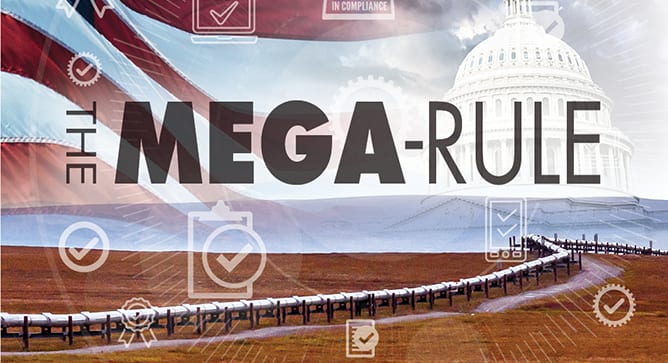
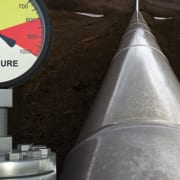
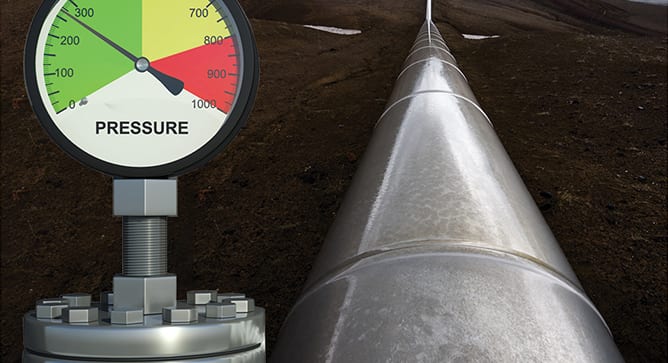
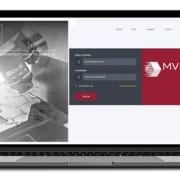
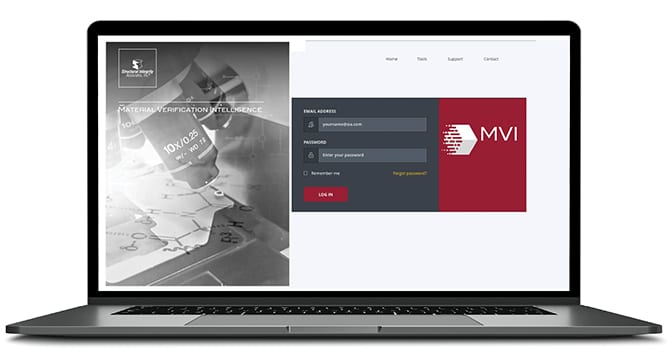
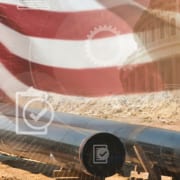
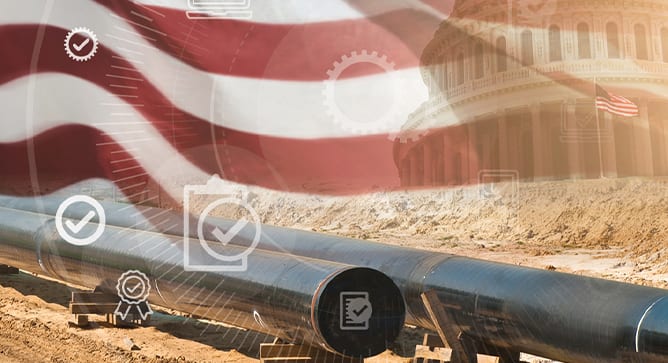 On October 1, 2019 the Pipeline and Hazardous Materials Safety Administration (PHMSA) published amendments to 49 CFR Parts 191 and 192 in the Federal Register issuing
On October 1, 2019 the Pipeline and Hazardous Materials Safety Administration (PHMSA) published amendments to 49 CFR Parts 191 and 192 in the Federal Register issuing 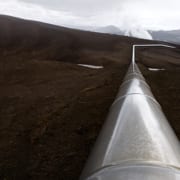
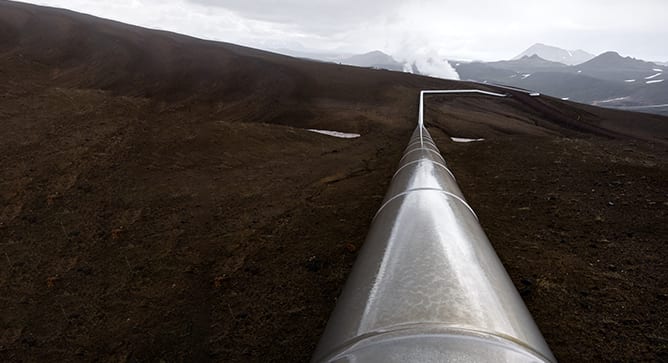 You’ve just completed the first in-line inspection (ILI) of a new pipeline asset. The ILI tool results are in, and there are no required repairs! However, how sure are we of the accuracy of the results? Could the tool have under-called some of the reported anomalies? Are there any regulatory requirements beyond the “response criteria” mentioned in CFR 192 and 195 for operators of hazardous transmission pipelines? These are the problems that ILI verification is trying to solve.
You’ve just completed the first in-line inspection (ILI) of a new pipeline asset. The ILI tool results are in, and there are no required repairs! However, how sure are we of the accuracy of the results? Could the tool have under-called some of the reported anomalies? Are there any regulatory requirements beyond the “response criteria” mentioned in CFR 192 and 195 for operators of hazardous transmission pipelines? These are the problems that ILI verification is trying to solve.
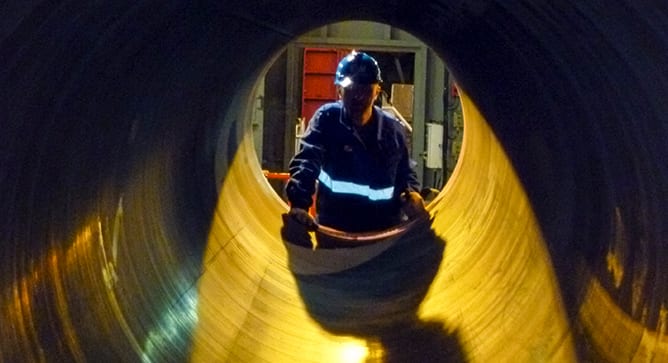
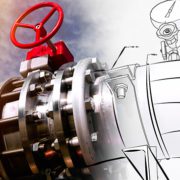
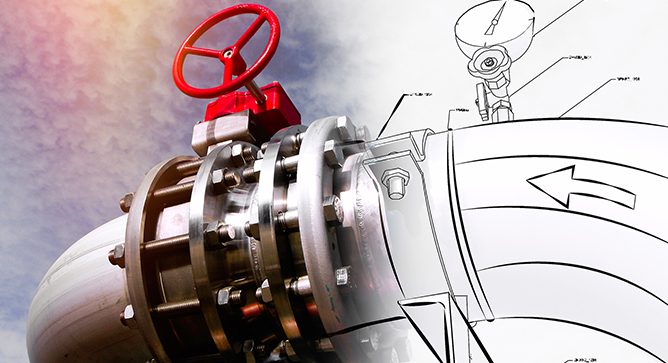

 Structural Integrity (SI) has significant depth and expertise in current pipeline safety regulations and dedicates substantial resources to ensure a comprehensive understanding of proposed pipeline safety regulations.
Structural Integrity (SI) has significant depth and expertise in current pipeline safety regulations and dedicates substantial resources to ensure a comprehensive understanding of proposed pipeline safety regulations.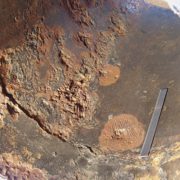
 A March 16, 2017, advisory bulletin (Docket No. PHMSA-2016-0131 – “Pipeline Safety: Deactivation of Threats”) gave guidance on the deactivation of pipeline threats, including the threat of internal corrosion.
A March 16, 2017, advisory bulletin (Docket No. PHMSA-2016-0131 – “Pipeline Safety: Deactivation of Threats”) gave guidance on the deactivation of pipeline threats, including the threat of internal corrosion.